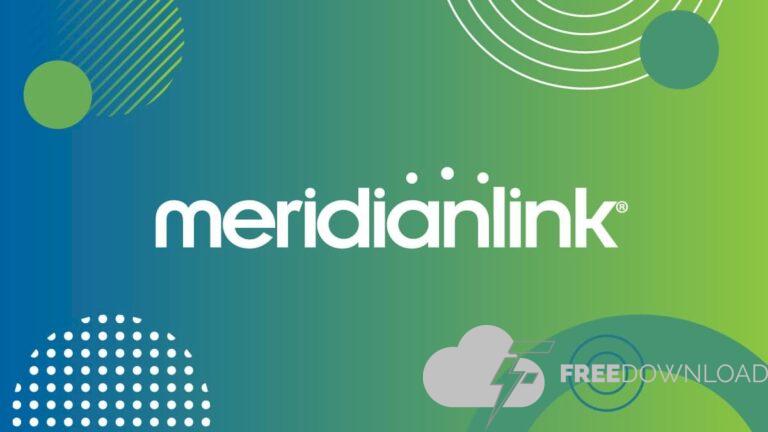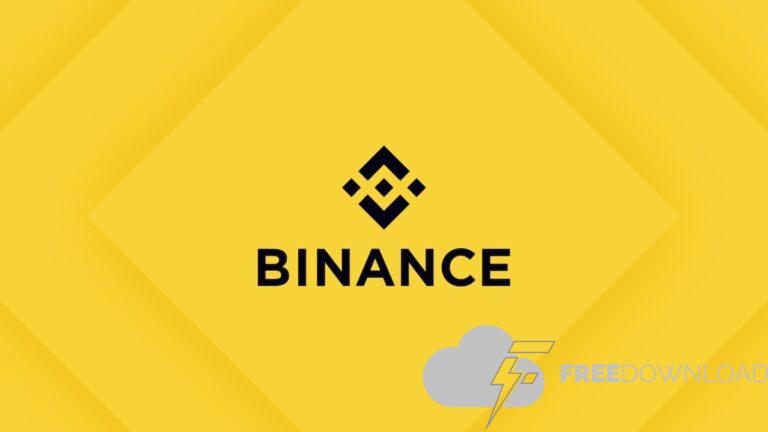Spotify has announced a record payment of $ 10 billion in royalty to the music industry for the year 2024, marking the largest annual distribution in the company’s history. This sufficient figure underlines the growth of the platform and its important role in music streaming ecosystem. However, despite these impressive numbers, many artists express dissatisfaction with compensation, highlighting the concerns about the stability of streaming the revenue models for musicians.
Spotify’s royalty payment breakdown
Payment of $ 10 billion is distributed among various rights holders, including record labels, publishers and performing rights organizations. It is important to note that these payments are made directly to rights holders rather than individual artists. As a result, the amount that the artists eventually receive depends on their contractual agreements with these middlemen. The payment structure of Spotify is based on a Pro-Rata model, where royalty is allocated according to the part of an artist of total streams on the stage. This means that an artist’s earnings are not only affected by their own streaming numbers, but also by overall streaming activity on Spotify.
On average, Spotify pays between $ 0.003 and $ 0.005 per stream. To keep it in perspective, an artist will require about 250,000 sections to earn $ 1,000. These rates can vary depending on factors like listener’s country and whether the stream was on a free or premium account. Despite the record-high total payment, these have been a point of controversy among artists per-stream, especially those who do not receive large-scale streaming numbers.
Artist perspective and criticism
Many artists argue that the current streaming payout system unevenly benefited the top-tier artists and left the emerging and independent musicians struggling to create a permanent income. A recent analysis has shown that only a small portion of artists is earning sufficient amounts from streaming, with the vast majority getting minimal compensation. For example, in 2024, only 4.4% of the artists earned at least $ 131,000 per annum, highlighting the significant income inequality within the music industry. This has made a call for a more equitable distribution model that ensures appropriate compensation for artists at all levels.
Critics also suggest that the algorithms and playlist curesi practice of Spotify can favor some styles or music styles, potentially limit the risk to diverse or top artists. This may further increase income inequalities, as artists who do not align with mainstream trends may seem more challenging to achieve traction on stage.
Comparison with other streaming services
Compared to other streaming platforms, the per-stream payout rates of the spotify are often quoted as being at the lower end. For example, reports indicate that Apple pays more than the average rates of double spotify to music artists, offering approximately $ 0.01 per stream. Amazon music also offers per-stream payment, average $ 0.004 to $ 0.007 per stream. These differences have favored some artists that offer high compensation to some artists, although spotify’s huge user base and impressive playlists still make it an attractive Avenue to reach the audience.
Spotify’s response and future approach
In response to these concerns, Spotify has emphasized its commitment to transparency and support for artists. The company has highlighted the initiative like “Spotify for Artists”, which provides data and equipment to musicians to better understand the performance on their audience and stage. Additionally, Spotify has pointed to a overall increase in streaming revenue as a positive trend for the industry, suggesting that -as the platform continues to grow, there will also be opportunities for artists to make their work a milestone.
However, the debate on fair compensation has been settled in the streaming era. As the industry develops, an alternative payment model, such as a user-centered payment system, is under discussion, which may potentially address some inequalities in earnings between artists. For now, while the success of the record payment platform of Spotify and its integral role in today’s music scenario, they also shine a spotlight on the frequent challenges faced by artists seeking fair remuneration for their creative efforts.
Source: Techcrunch
Thanks for reading..




